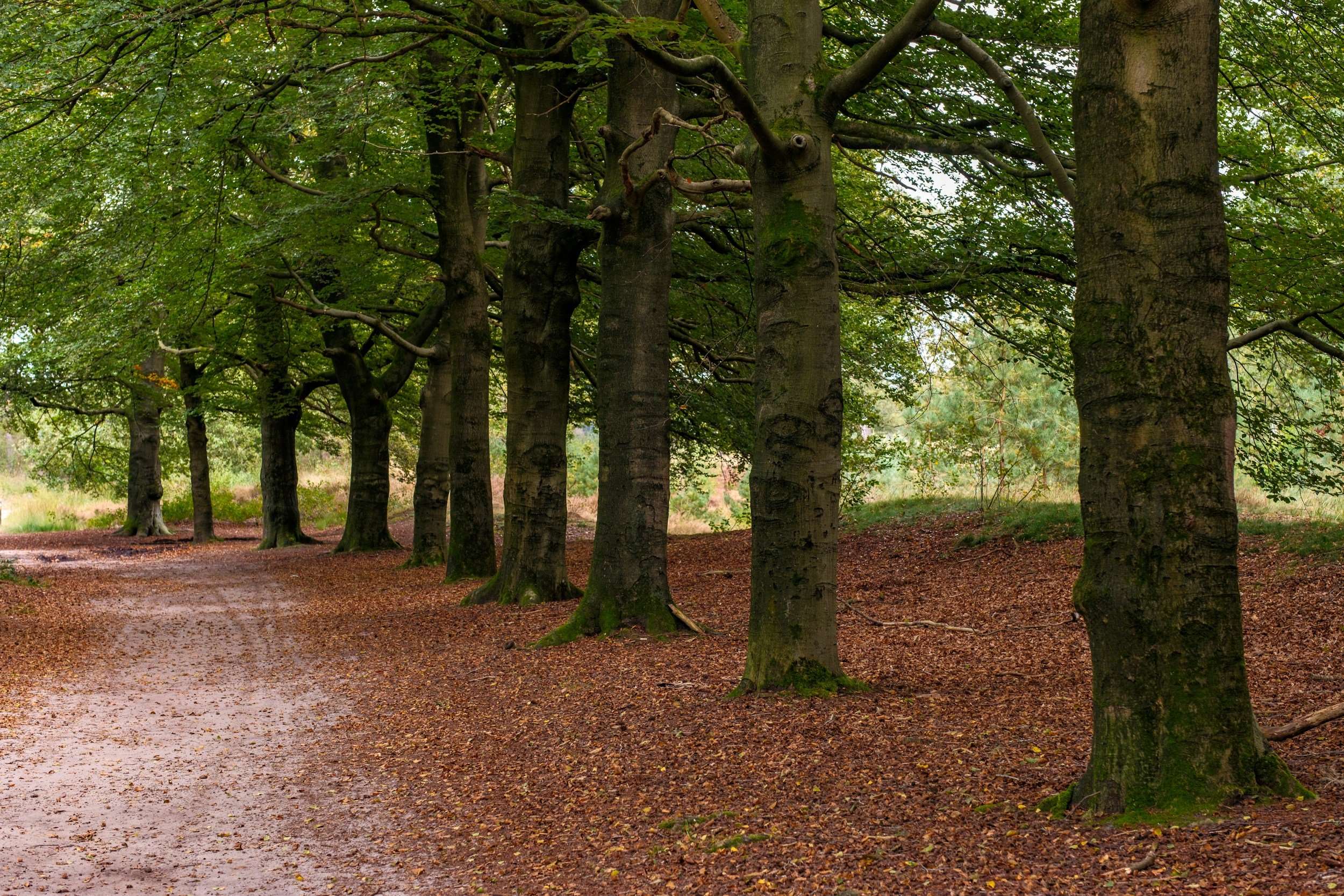
shelterbelts
What is a shelterbelt?
A shelterbelt is a row of trees planted on farmland to block wind, prevent soil erosion, and to create shelters for livestock, among other things. A shelterbelt can have anywhere from one row of trees to more than 5. The number of rows to be planted depends on available space, intent, and land type. A single row of white spruce trees will provide an effective natural privacy screen, but will not be an effective wind-suppressant. On the other hand, a 3 row shelterbelt will be an excellent choice for blocking wind and preventing soil erosion, but requires more space for the trees to fully mature.
This article provides an introduction to the three Ps of shelterbelt success: planning, planting, and post-planting maintenance. By following these steps, your shelterbelt project is on track for a successful completion.
If you’re looking to plant a shelterbelt without all the hassle, give us a shout! We specialize in each aspect of shelterbelt planting, tailoring our solutions to your specific needs. Call now for a free consultation.
agroforestry success
3 main factors factors contribute to the overall success of an agroforestry tree planting project:
seed source and stock type
Planting quality and density
Post-planting maintenance
Seed source
The most important factor has to do with the trees themselves. There must be a good match between the seed source and the planting location. A tree from Lethbridge will not do well in Slave Lake, and vise versa. A tree will do well if it is well-adapted to its planting environment. That’s why it is important to source seeds from a local zone or from a zone with a similar environment.
It used to be the case that locality was the only factor considered when selecting a seed source. But the rapid warming of our planet is causing seed zones to migrate northwards. As such, a tree that is well-adapted to its environment today likely wont be well-adapted to its environment 50 years from now. That is why many provinces have adopted a policy of assisted migration in their seed planning policies (“climate based seed transfer” in BC). Assisted migration is the practice of sourcing seeds from warmer and drier areas to make sure that a tree is well-suited to its future environment, which is likely to be much warmer than its current environment.
This article from Natural Resources Canada provides more information about the practice.
Planting quality
The second factor of note is tree planting quality. A properly planted tree has a much higher chance at success than a poorly planted one. The general rule for planting a good tree is that its plug (i.e., root system) must be straight in the ground and covered on all sides with mineral soil. A tree that does not meet this requirement will have a harder time surviving the critical first years of life as a newly planted tree.
Post planting maintenance
Finally, a planted tree is only as good as its regular maintenance schedule. The type of maintenance required will vary with the type of land being planted. A farm tree will require some form of weed suppression. Common choices include mulch, land preparation, and/or landscaping fabric. Certain trees will require irrigation through the summer droughts, while others thrive in drier conditions.

